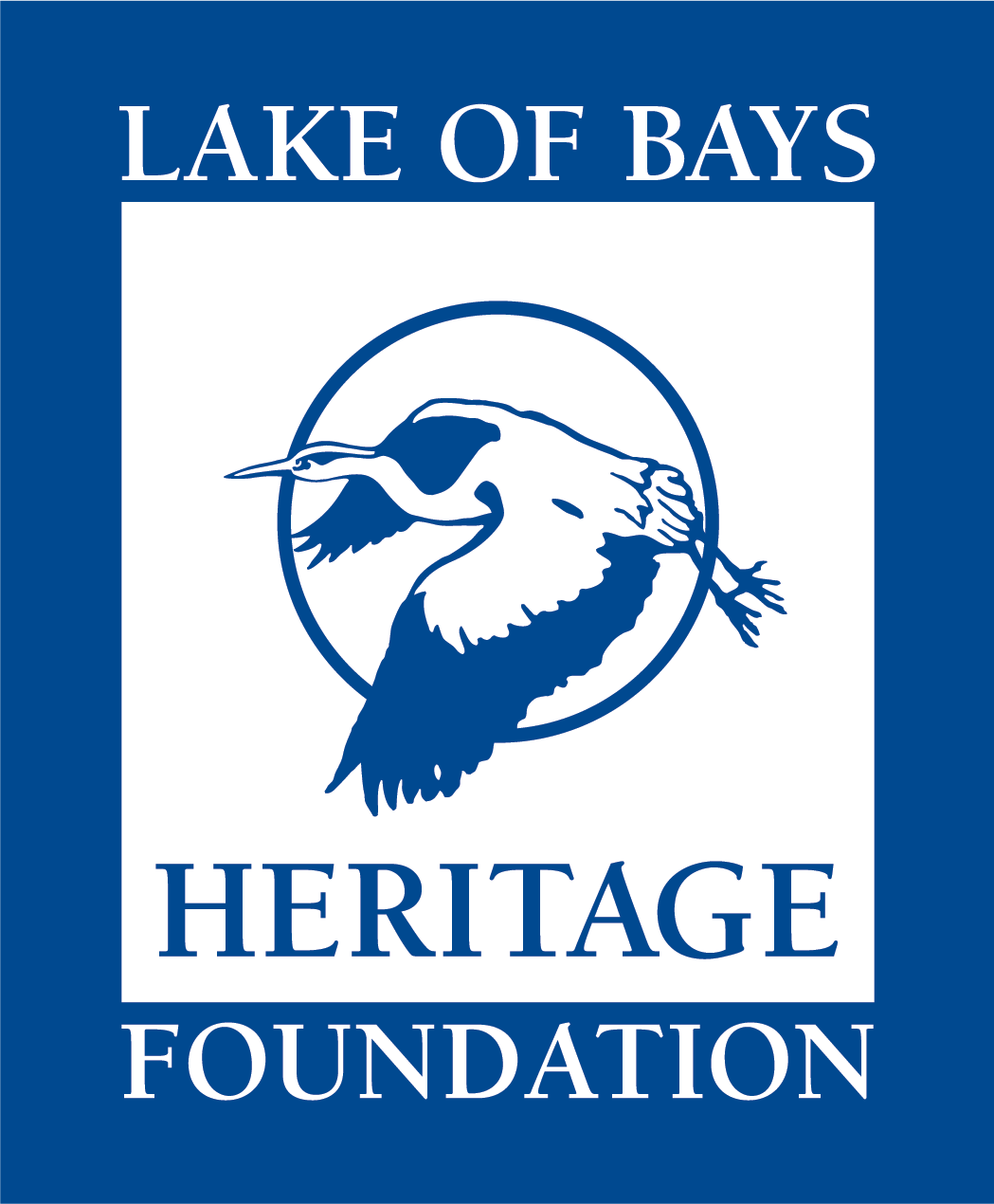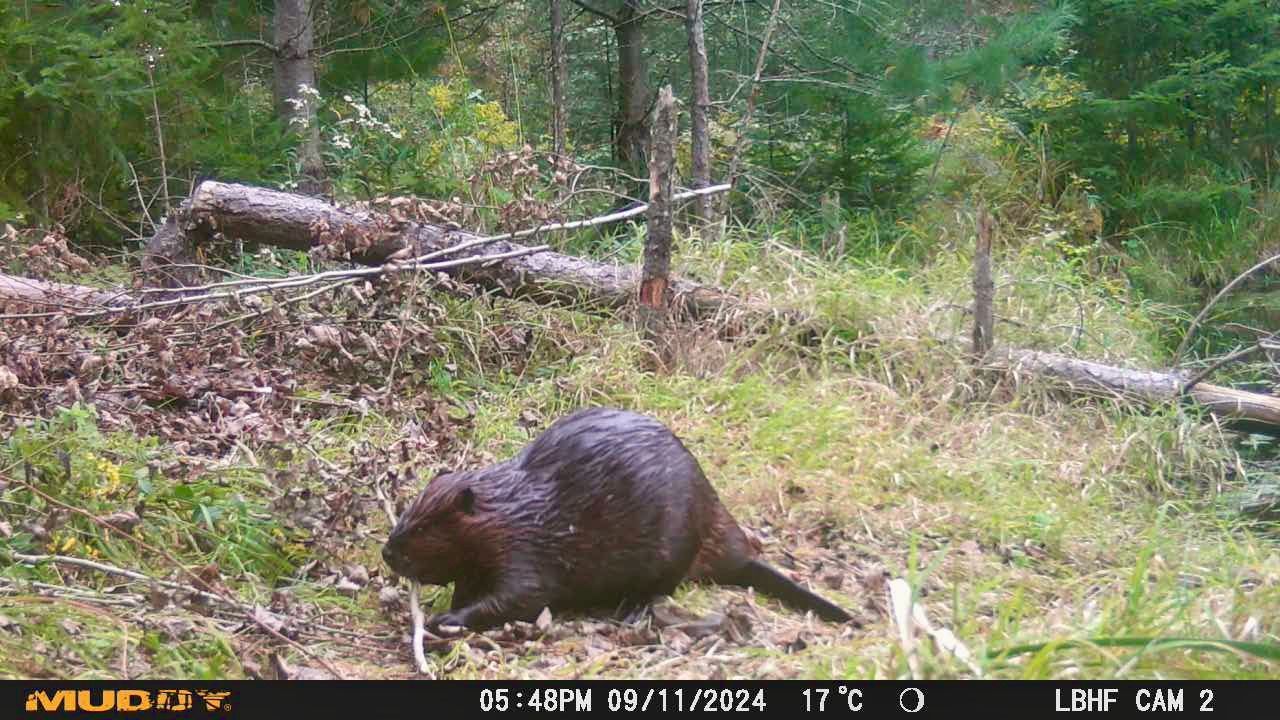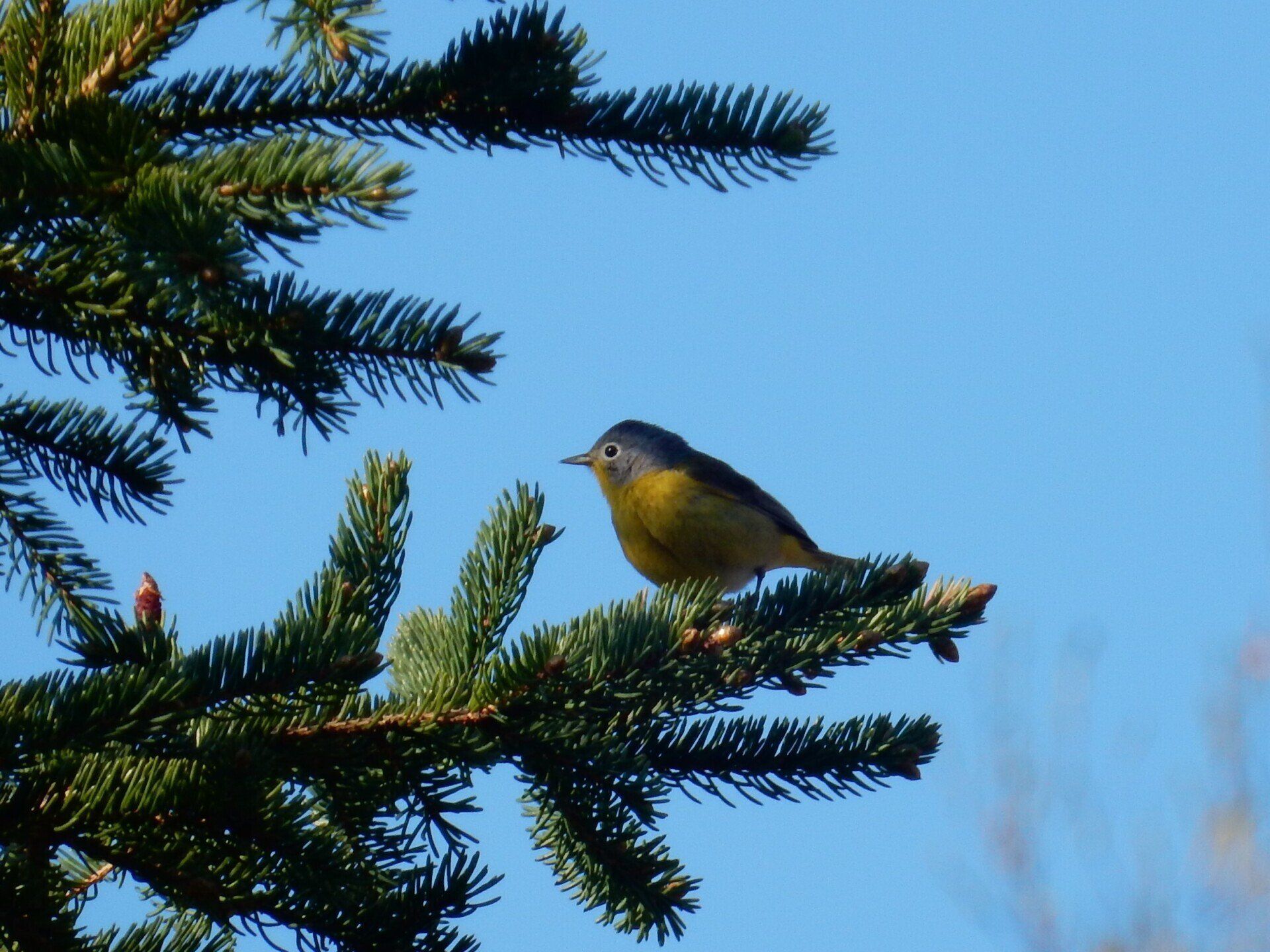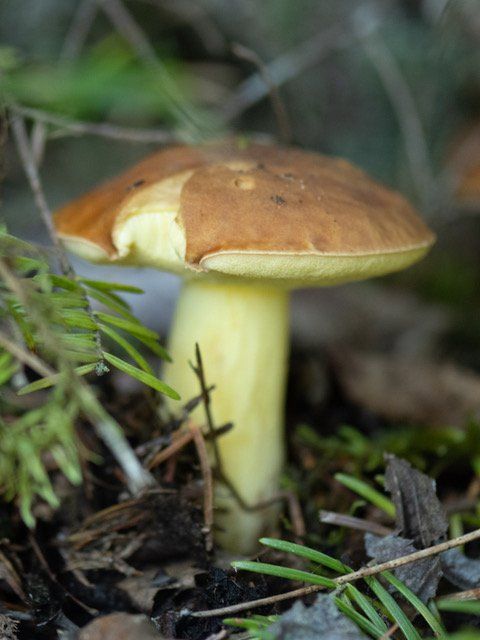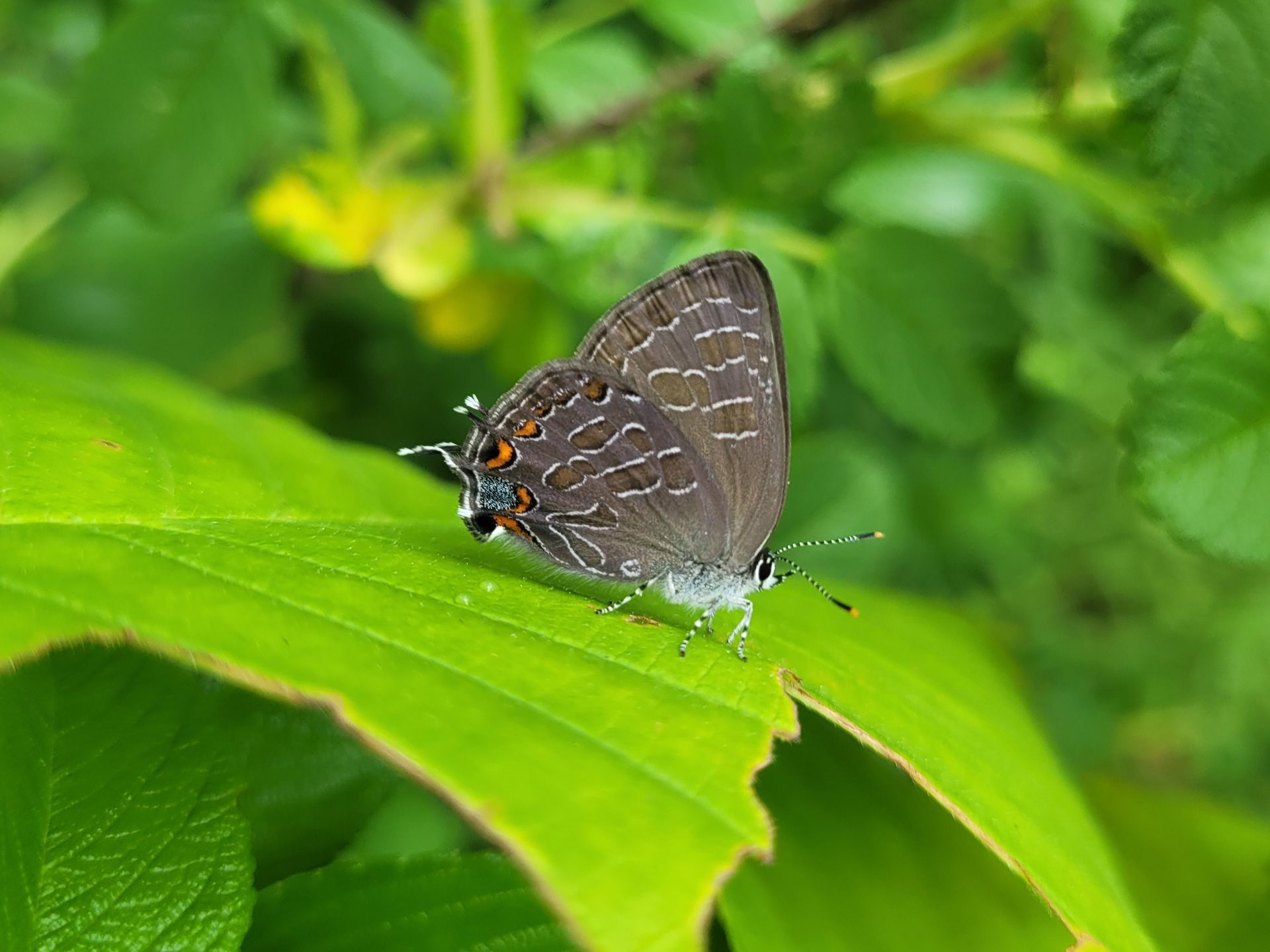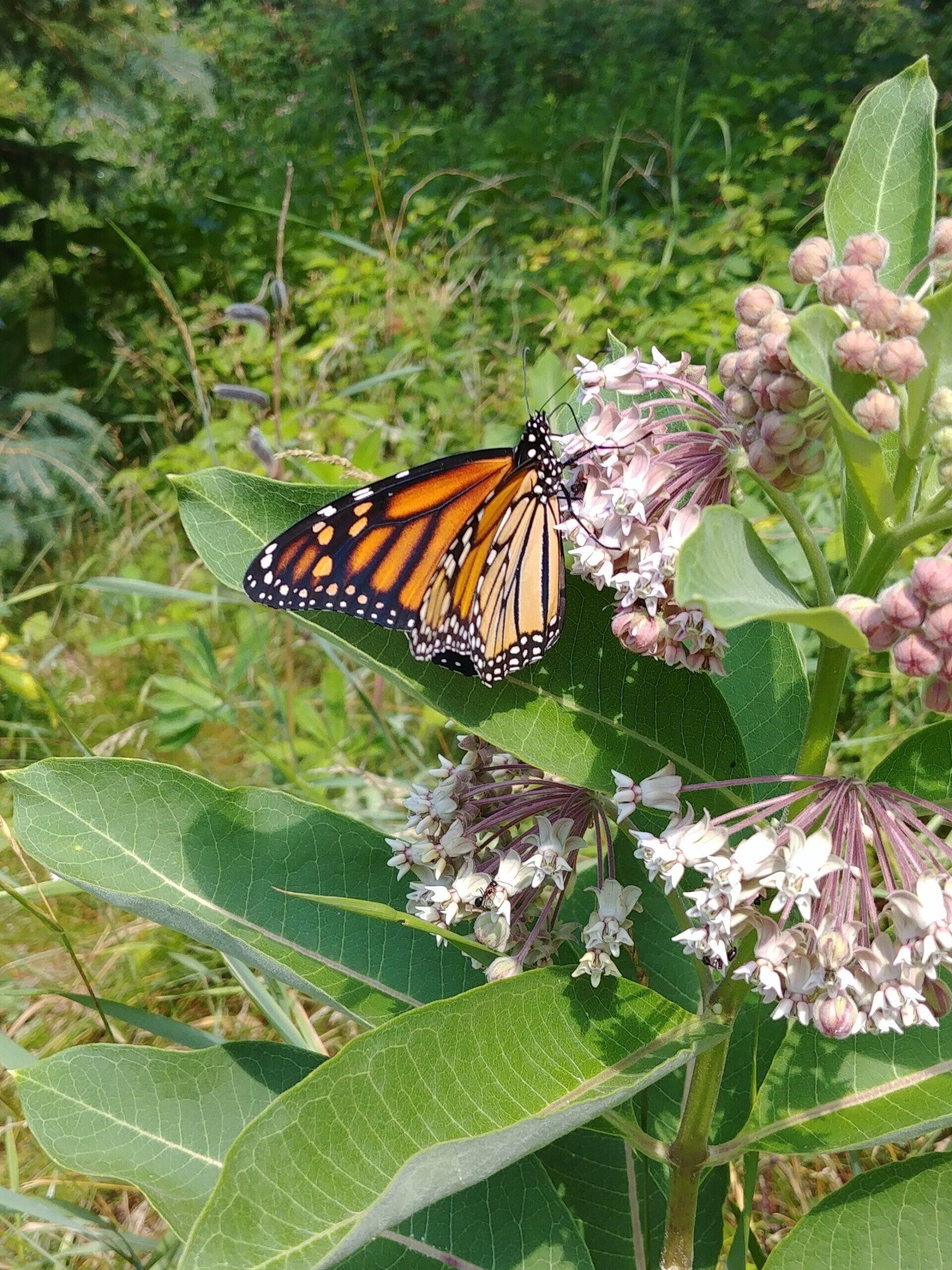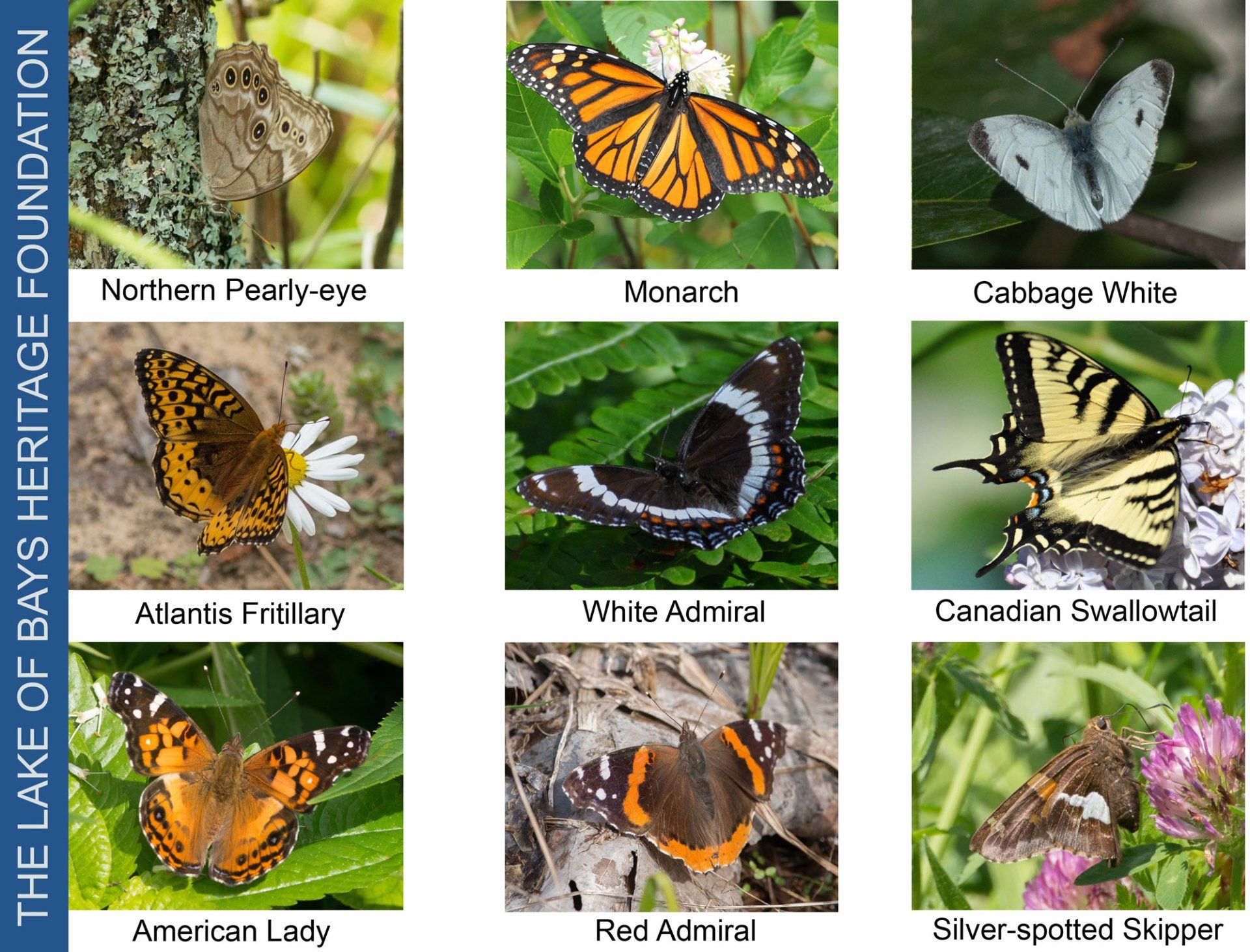Resources - Natural Heritage
Filter By:
All Resources | Natural Heritage | Community Heritage | Shoreline & Property Protection | Tax Relief | Tours & Guides | Watershed & Wetlands

Aug 18 Foray on the Bondi Resort trails, Port Cunnington It was another great foray. There was an enthusiastic group - a few returning from last year and several new people. Despite dire predictions it only rained briefly. Here's what we found: Hydnum repandum, Wood Hedgehog Sarcodon sp. Gymnopus dryophilus, Oak-loving Gymnopus Marasmius siccus, Orange pinwheeel Marasmius rotula, Collared Parachute Marasmius pulcherripes, Rosy Parachute Hymenopellis furfuracea, Beech Rooter Hygrocybe coccinea, Scarlet Waxcap Hygrocybe miniate, Vermillion Waxcap Humidicutis marginata, Orange Gilled Waxcap Ramaria botrytis, Rosso Coral Coprinopsis lagopus, Hare’s Foot Boletus sensibilis, Curry Bolete Ramaria formosa, Yellow-tipped Coral Retiboletus ornatipes, Ornate Bolete Lactarius sp. (white latex) Tricholomopsis decora, Decorated Mop Mycena leana, Orange Mycena Tremellodendron Schweinitzii, Jellied False Coral Xeromphalina Campanella, Pinewood Gingertail Cantherellus cinnibarinus, Red Chanterelle Coltricia Perennis, Brown Funnel Polypore Fomes Fomentarius, Hoof Fungus Ganoderma applanatum, Artists Shelf Entoloma Salmonium, Salmon coloured Amanita Flaviconia, Yellow Patches Craterellus ignicolor, Flame Chanterelle Boletinellus meruilioides, Ash-tree Bolete Trametes versicolor, Turkey Tails Scleroderma citrinum, Pigskin Poison Puffball Lycoperdon Marginatum, Peeling Puffball Clitocybe adirondackensis Russula Brevipes, Short-stemmed Russula Variata, Variable Russula Hygrocybe flavescens, Golden Waxcap Marasmius pulcherripes, Rosey Parachute Leotia lubrica, Jelly Babies Leotia viscosa, Chicken Lips
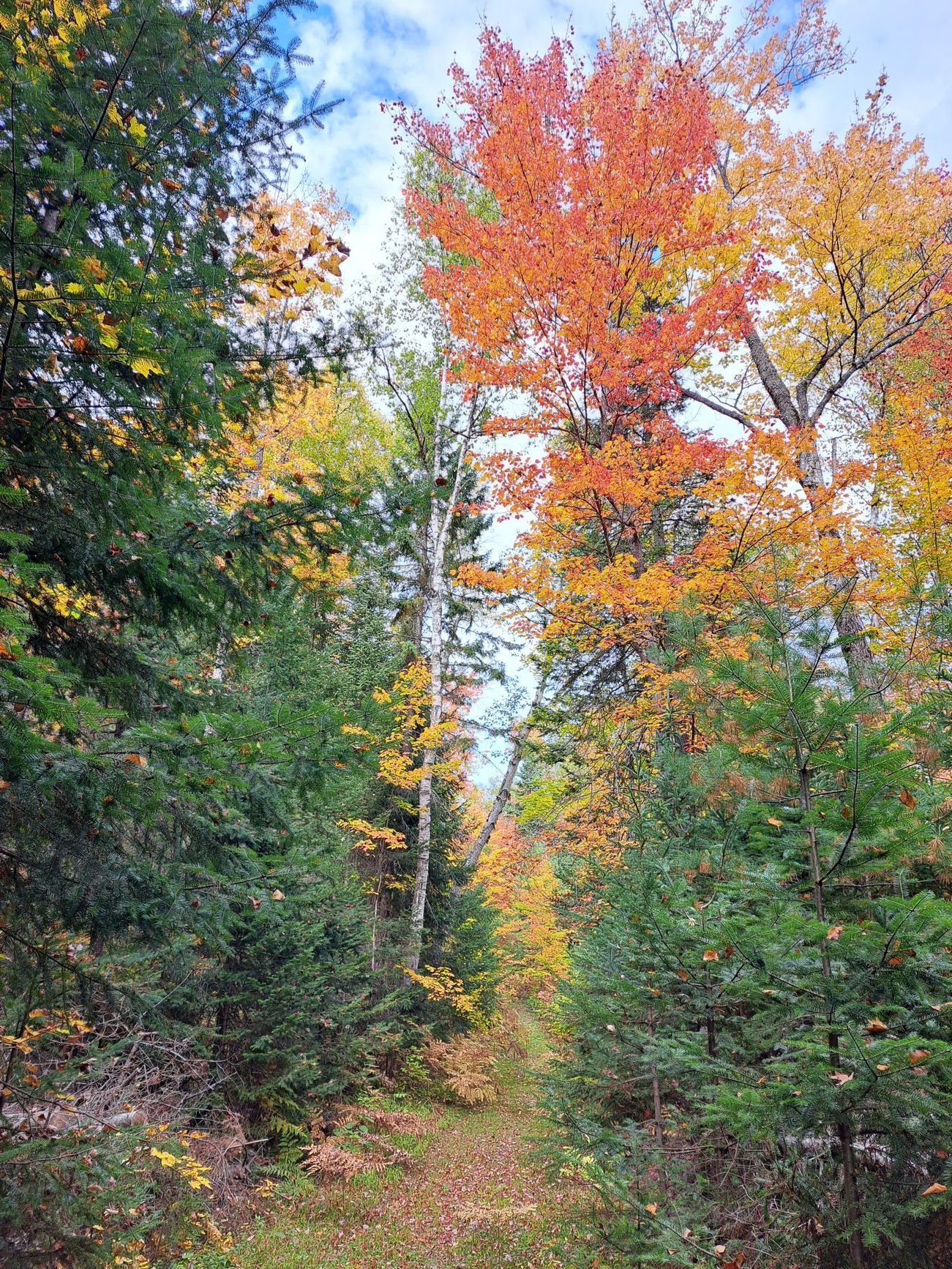
Why are native trees so important? It might be easy to think that there are enough native trees and shrubs in Ontario so planting a few non-native species on our properties should be fine. But recent research has shown that although birds may land on those non-native plants, they don’t get much benefit from them. Dr. Eric Davies from the Faculty of Forestry at the University of Toronto led a very important research project in Toronto where he selected four native tree species (Silver Maple, Red Oak, White Ash, American Elm) and compared the insect abundance and diversity to four non-native species (Norway Maple, Manitoba Maple, Scotch Elm, Tree of Heaven). His results were conclusive – native trees supported a wider variety and abundance of pollinators, moths, beetles, and other invertebrates. In fact, the non-native trees were almost devoid of insects. This really shouldn’t come as a surprise as it has been known for centuries that some non-native plants would be “pest free” as no insects would eat the leaves. This is exactly why so many urban landscapes use non-native plants. But we now know that to maintain and even enhance ecological integrity, we need to minimize forest fragmentation and protect wildlife corridors. And this is the role that Lake of Bays Heritage Foundation, as a land trust, can play with our protected properties. But we can also do our part on our own properties and restore ecological opportunities by switching to native species. And the results should be obvious – more birds in your backyards!
